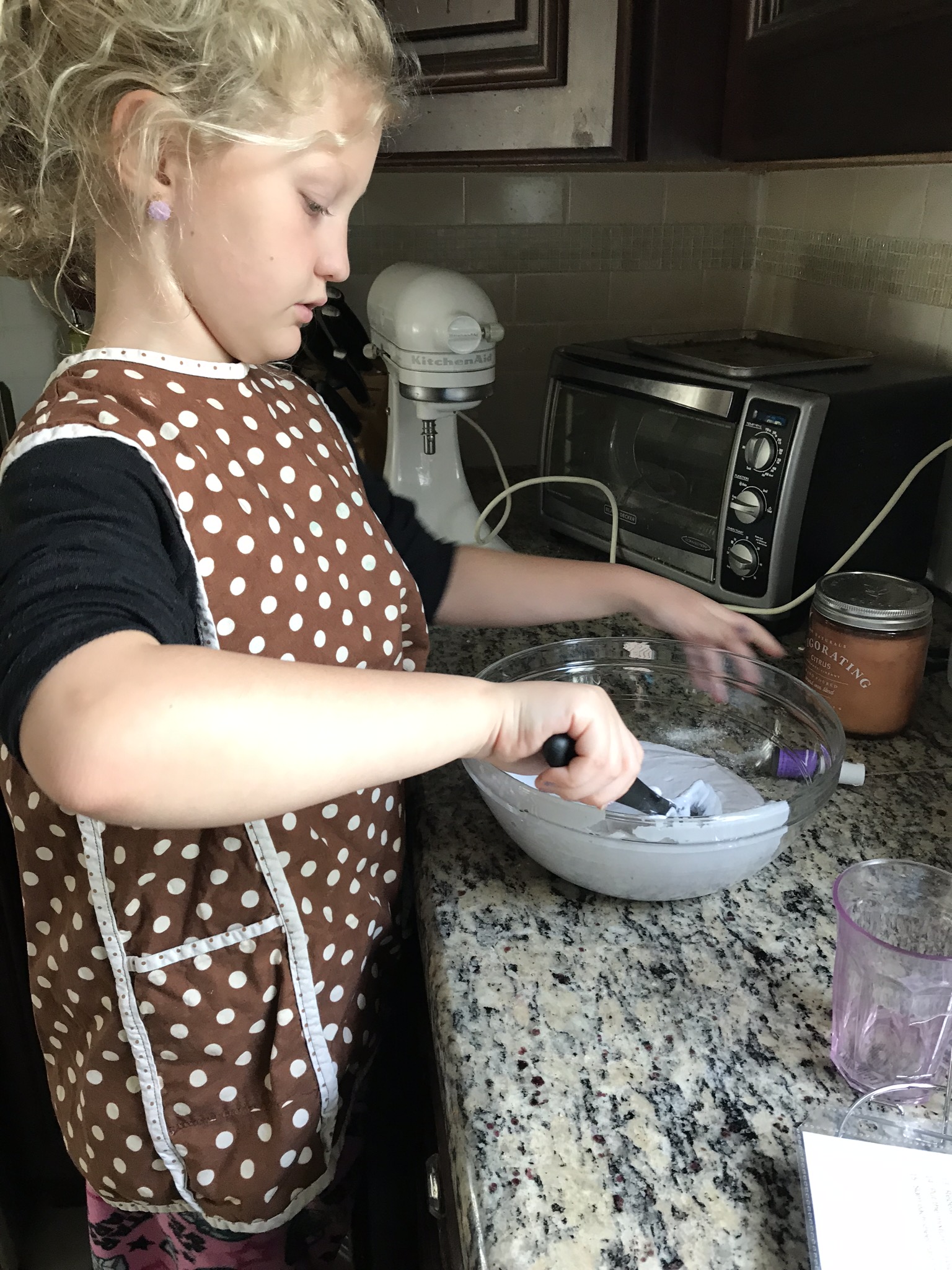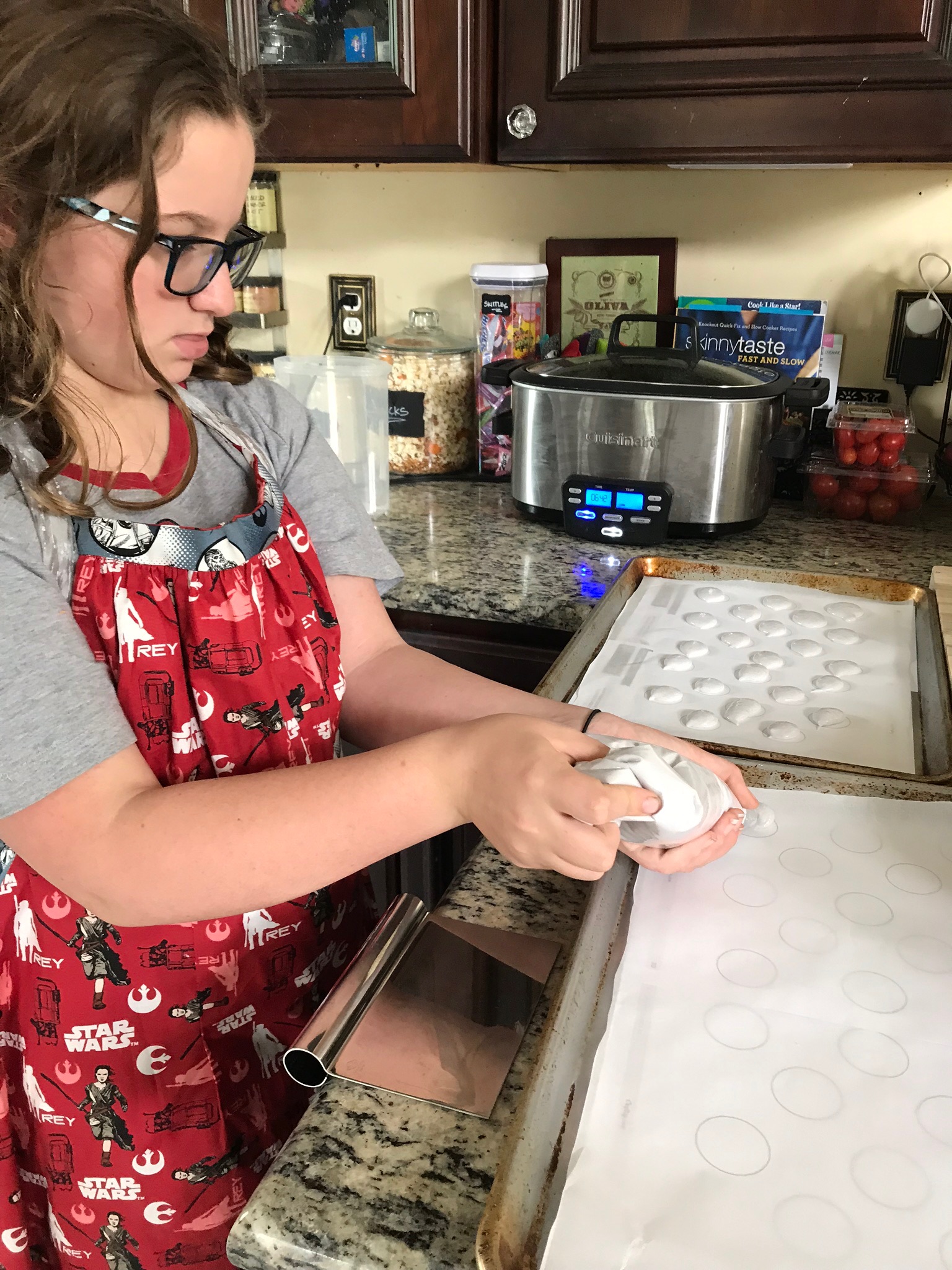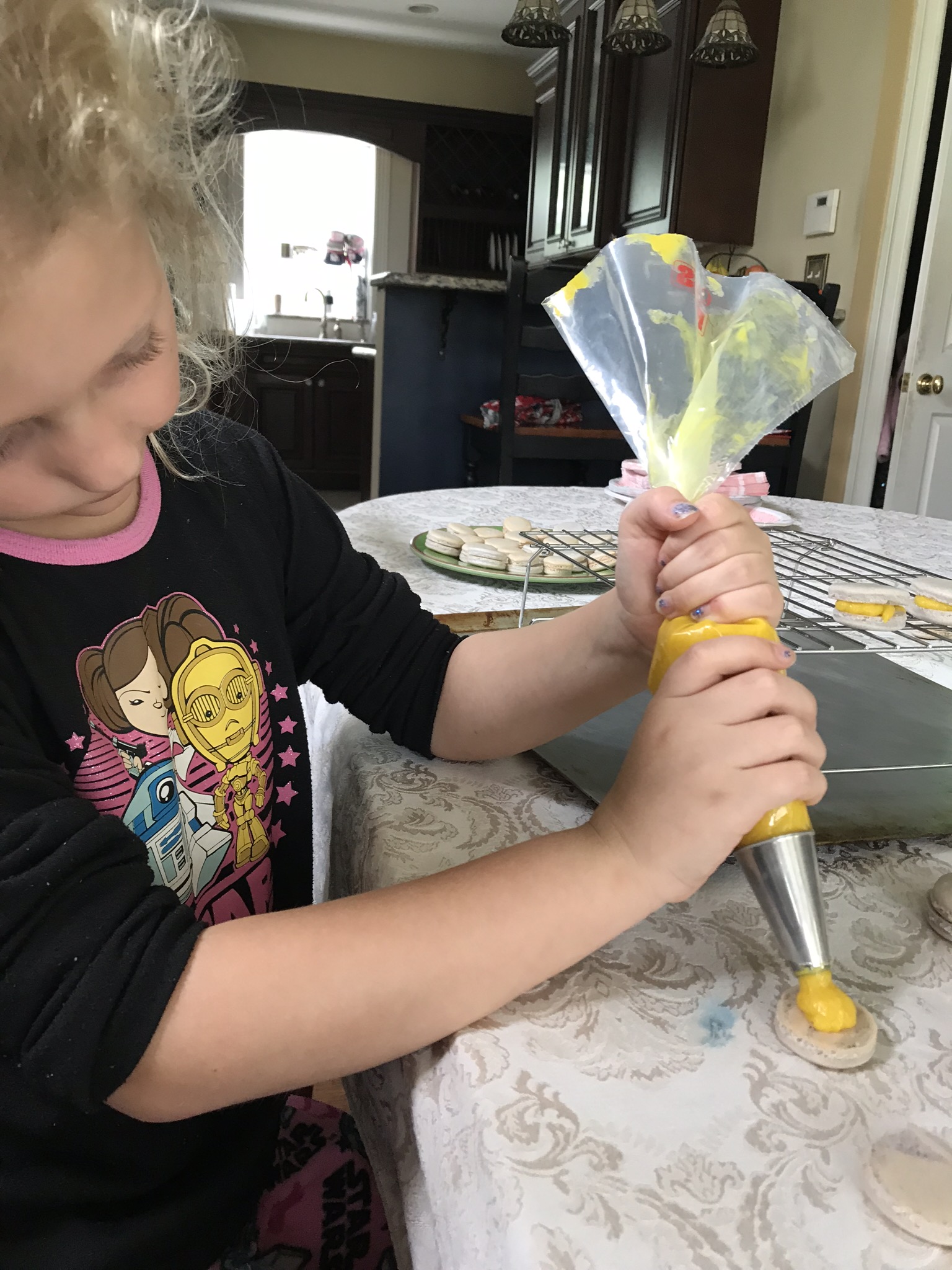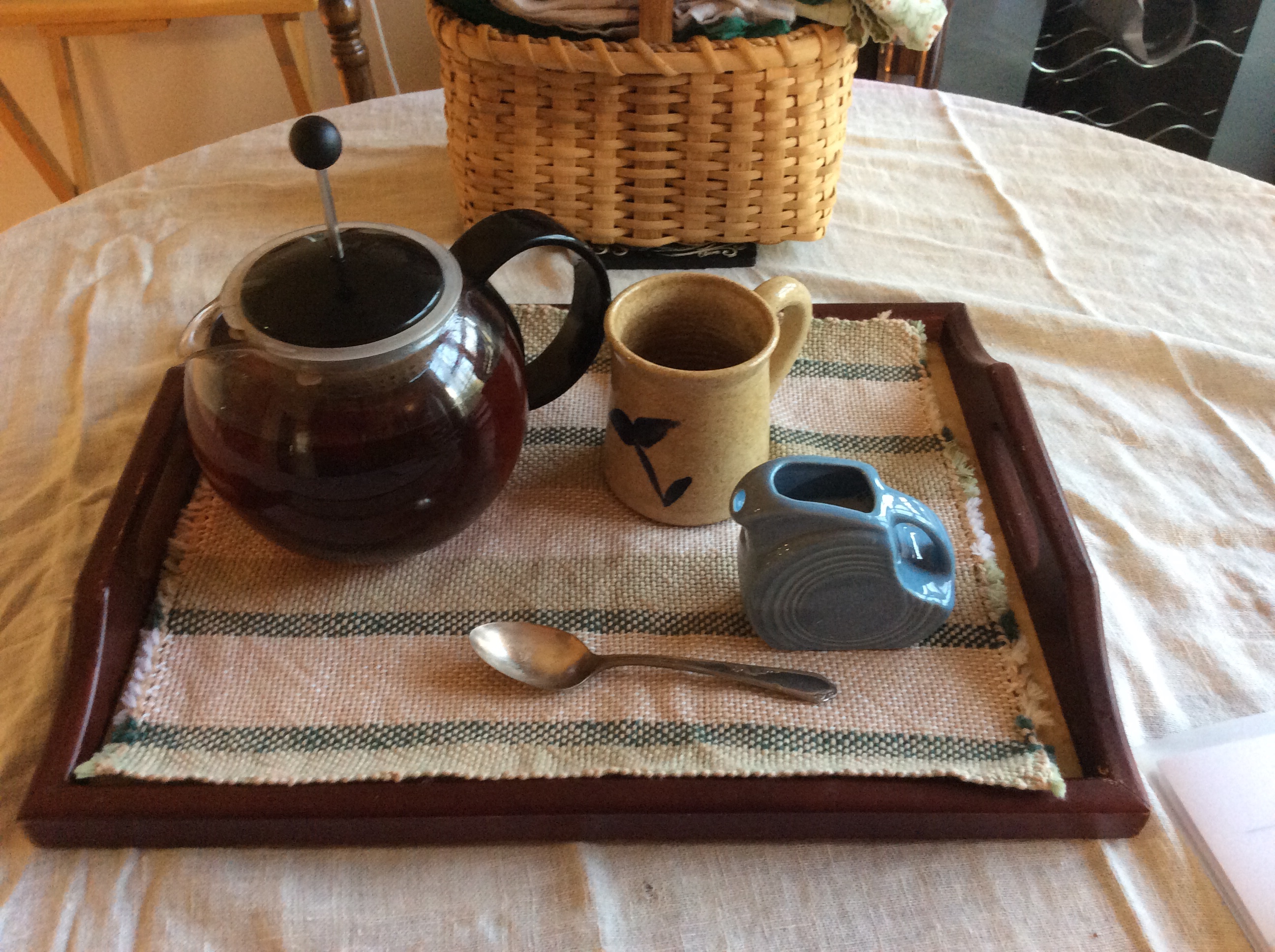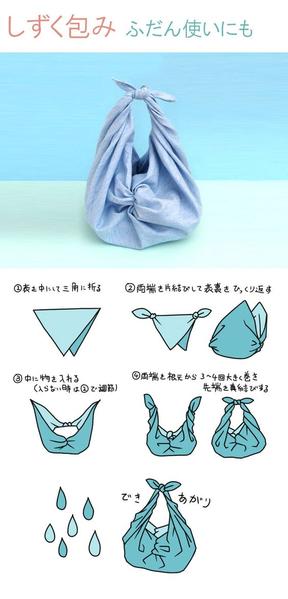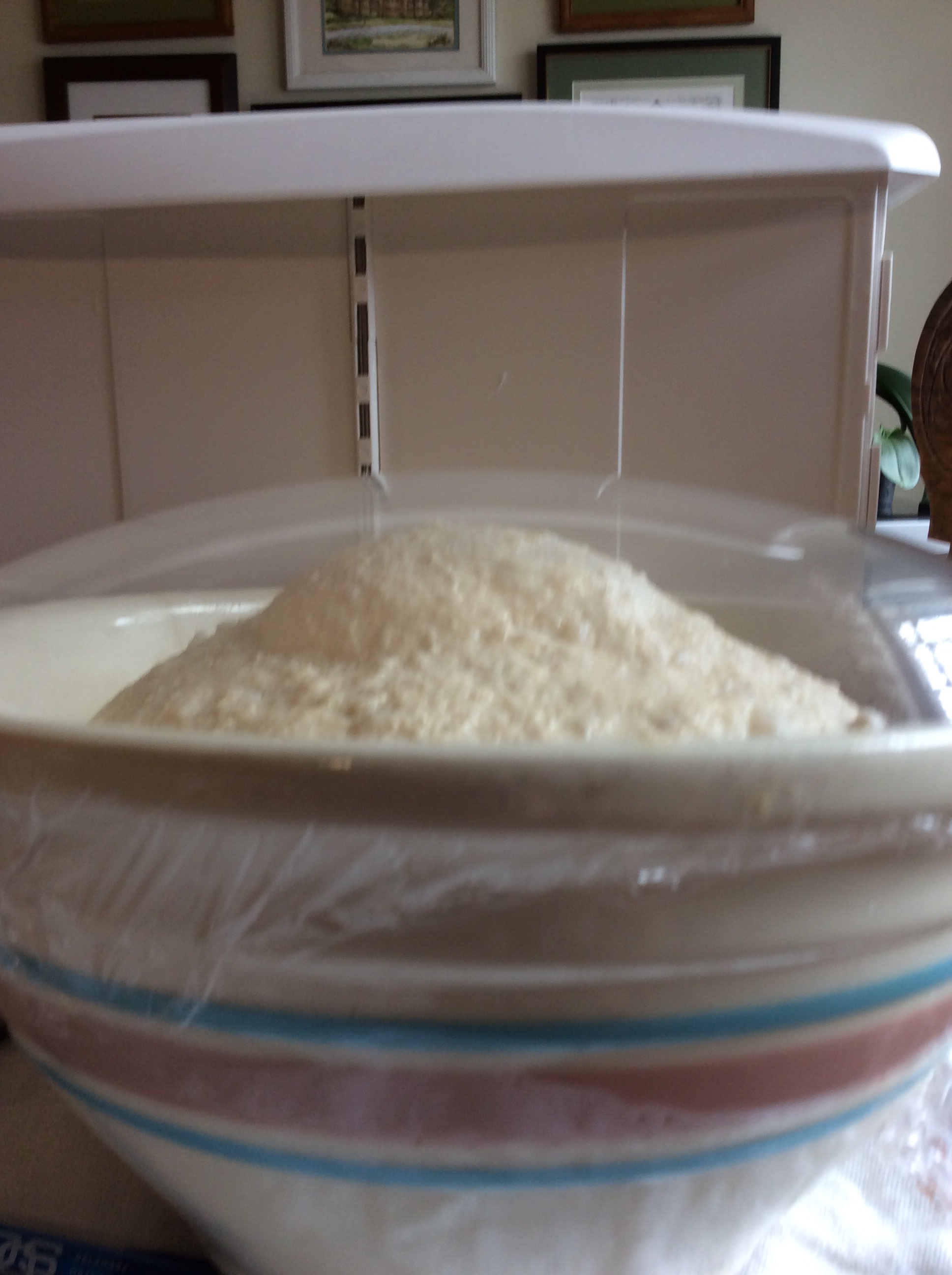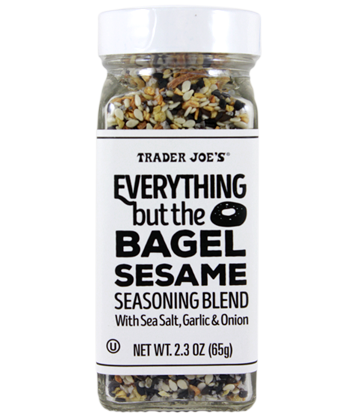I have been re-watching older seasons of the Great British Baking Show. Some of the seasons, I remember who won and other seasons I hardly remember who the bakers were competing.
A traybake is a British term for a chewy cake that is baked in a flat tray or pan. The pan size in the US is usually a 9 x 13 inch pan. The traybake is cut into square and eaten by the family or friends in a casual setting. Many traybakes are not iced but some are iced. My mother always baked all of her cakes in a 9×13 pan. Technically, I was brought up on traybakes. As a child, I thought that round layer cakes were so fancy!
As a kid, my favorite cake was the Poorman’s cake. This depression cake did not have milk, butter or eggs. I loved that raisins that was plump and moist in the cake. The top of our poorman’s cake was dusted with powdered sugar. I need to bake this recipe.

Black cherries are in season. I love black cherries. I bought some at the local supermarket at their very good sale price. When I looked at the cherries at home, I realized that they were very small. I looked in Mary Berry’s Baking Bible for a traybake recipe. Mary Berry has several cake recipes that require cherries. Most of Mary’s recipes call for glacé cherries. According to the internet, glacé cherries are preserved with Maraschino liquor, aka maraschino cherries. I am not a fan of the chewy texture of maraschino cherries. This cherry almond traybake recipe said that you could substitute fresh cherries for the glacé cherries. Score!
I needed one pound of stoned fresh cherries. Fortunately, I bought a little tool that stones cherries and olives. This little tool has been a great gadget for my baking. You pop the cherry in the round hole and push the pit/stone out the other end. Remove the stoned cherry. Repeat. I would never bake a recipe with fresh cherries if I didn’t have this gadget.
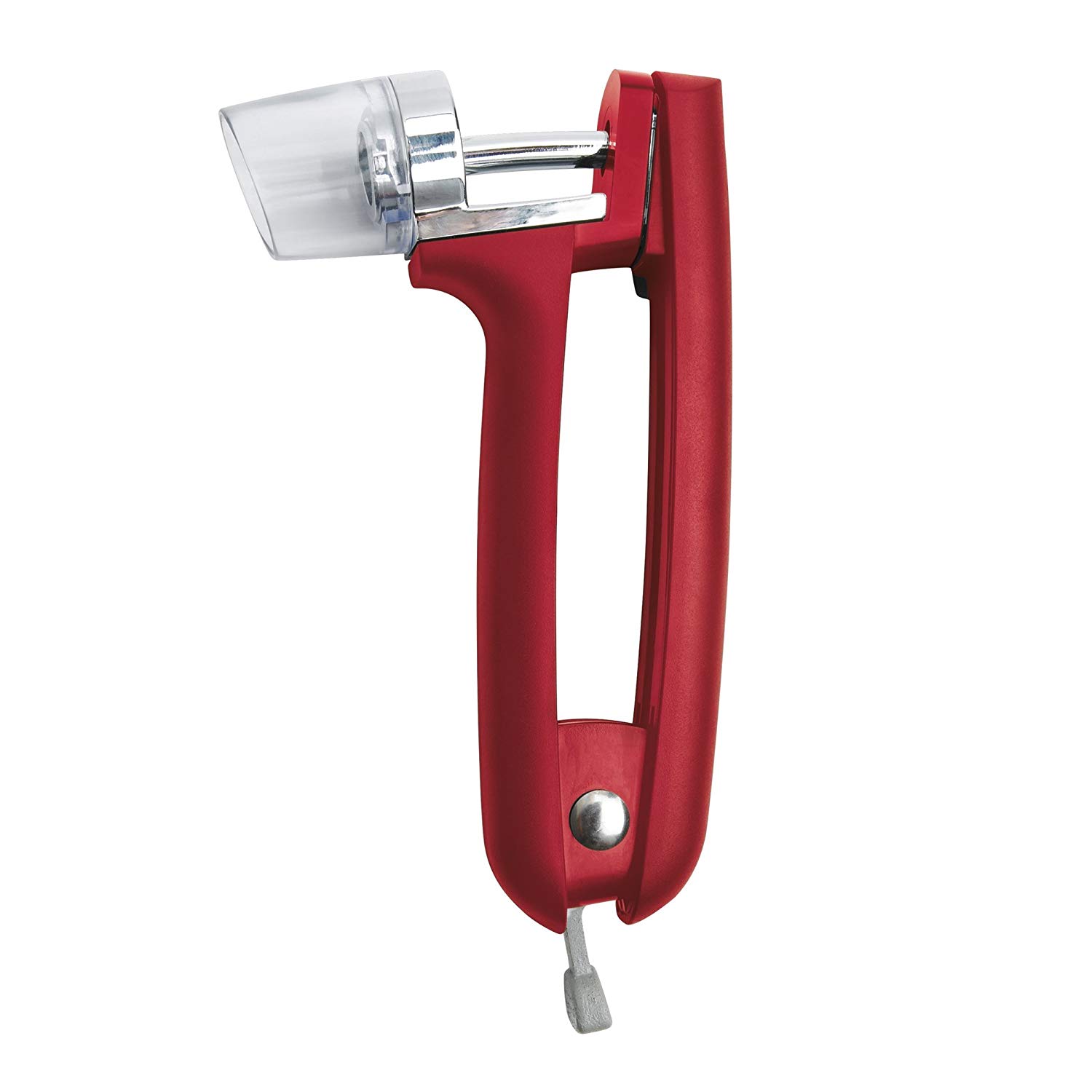


All of Mary Berry’s recipes are in metric weights. The oven temperatures are written in Celsius temperatures and something called Fan. I refer to the conversion chart in the book all the time. I should print it out and keep it with my print cookbooks.
Mary uses self rising flour. I bought a bag of the flour and when I didn’t have quite enough I googled self rising flour. I found out that self rising flour is just all purpose flour, baking powder and some salt. I mixed up some and stored the remainder for future baking. If you do this, please remember to label the flour as self-rising. If you use this instead of plain all purpose flour, your cake will taste salty.
I love that this recipe is mixed all in one bowl.

My cherry almond traybake turned out nicely. I forgot to toss the cherries with flour prior to baking. The cherries all sunk to the bottom. Oh, well. They didn’t look great but it tasted good.

I started this post before I went on vacation. It now is hot and humid. I haven’t baked much in an effort to keep the kitchen cool. I have bake a lemon drizzle tray bake by Mary Berry. It was a fun and easy cake recipe. Many traybakes are mixed all at one time in one bowl. This was how my mother baked all her cakes. My embroidery guild group always love this cake.
Currently in my oven is a peach blueberry cobbler. I had some peaches that were ripe but they had a mealy texture. I am a big texture person. I hate mealy textured fruit. Since I was baking half a recipe, I needed 3 peaches. I only had two so I added blueberries. I write about this in my next blog. If there is an other blog post Ha Ha!


